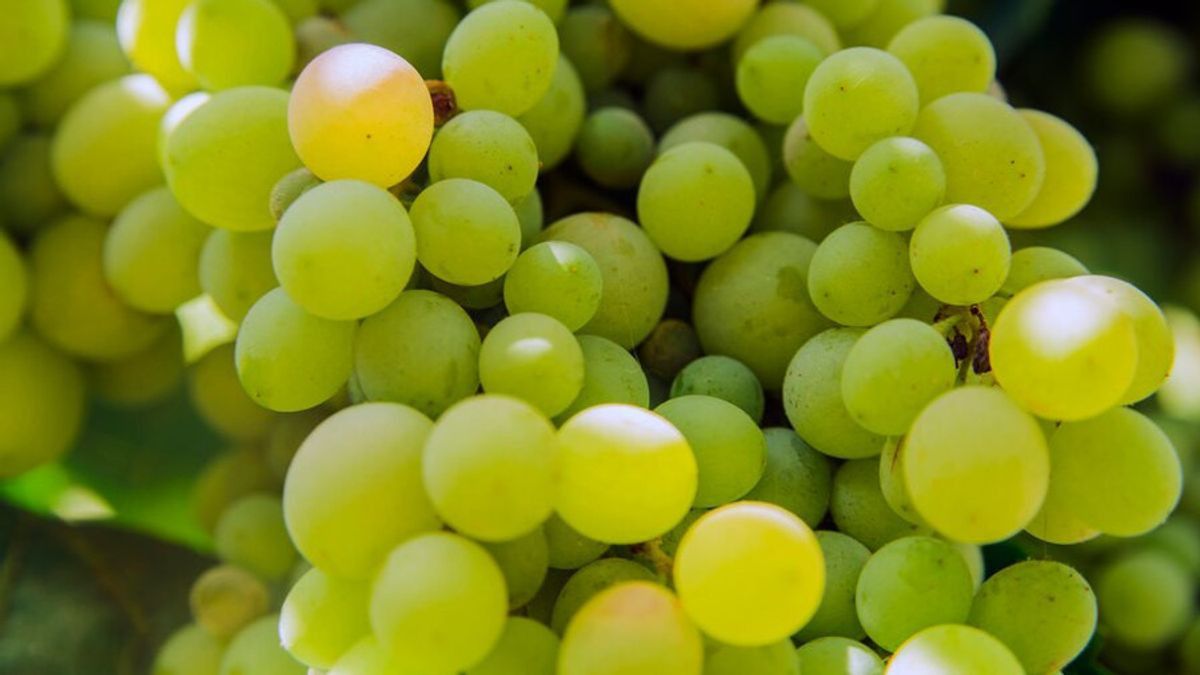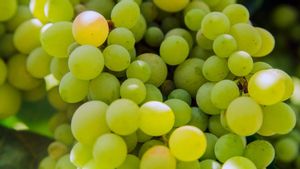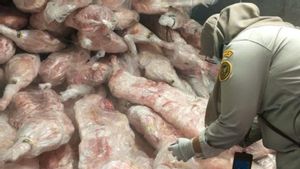YOGYAKARTA - Topics of pesticide residue on imported wines are busy being discussed on social media lately. Compared to other fruits, wine is classified as fruit that has the highest risk of pesticide residue. What is the reason why wines have a high risk of pesticides?
Awang Maharijaya, Head of the Center for Horticulture Studies at the Bogor Agricultural Institute (IPB), confirmed this.
"This block is indeed a high risk. Fruits that are eaten directly with their skin, including wine and apples, the potential for spruce is high if you are not well used," said Awang, as reported by VOI.
For further explanation, he revealed that wine has morphological characteristics in the form of thin skin and soft fruit tissue.
Thus, wine plants are considered the ideal host for many plant pathogens, especially insects and vegetables.
"This vulnerability forces farmers to implement intensive pest control strategies, including the use of pesticides," said Awang.
"The high frequency of pesticide applications, coupled with a large area of wine surface, has the potential to increase the accumulation of pesticide residues on fruit," he continued.
Meanwhile, the physical integrity of wine is very easily disturbed, resulting in mechanical or bruises.
The wound will be an entry point for various pathogenic microorganisms, such as bacteria, which can cause postharvest decay. So, farmers often use pesticides or fungicides to control the growth of these pathogenic microbes.
SEE ALSO:
"The high selection pressure from pests, diseases, and post-harvests encourages farmers to implement intensive cultivation practices, including the use of large amounts of pesticides," Awang explained.
"This ultimately has an impact on increasing the risk of contamination of pesticide residues on wines," he concluded.
Awang explained that farmers can use organic planting methods for wine, but it requires extra energy and cost. Therefore, it is not surprising that the price of organic wine is more expensive than non-organic wine. The types of pesticides commonly applied to wine plants are different. The total number is tens.
The maximum limit for chemical contamination, such as pesticides, in each country is regulated in a different amount. For example, the Ministry of Agriculture of the Republic of Indonesia (Kementan RI) which ranks 83 active pesticides in wine in the Regulation of the Minister of Agriculture of the Republic of Indonesia Number 53 of 2018 concerning Food Safety and Quality of Fresh Origin of Plants.
The maximum limit for pesticides used in wine ranges from 0.01 milligrams per kilogram of fruit to 25 milligrams per kilogram of fruit. To avoid the dangers of pesticides, Awang provides tips, wash wine before it is consumed and stored.
"He (pesticide) is not something that is natural in the human body, its function is toxic," said Awang.
The dangers of pesticides for humans can be characterized by several symptoms, including nausea, dizziness, and shortness of breath.
"There are also degenerative diseases, such as cancer, then inflammation, due to excessive pesticides," he concluded.
That's a review of the reasons why wine has a high risk of pesticides. Hopefully useful. Visit VOI.id to get other interesting information.
The English, Chinese, Japanese, Arabic, and French versions are automatically generated by the AI. So there may still be inaccuracies in translating, please always see Indonesian as our main language. (system supported by DigitalSiber.id)













